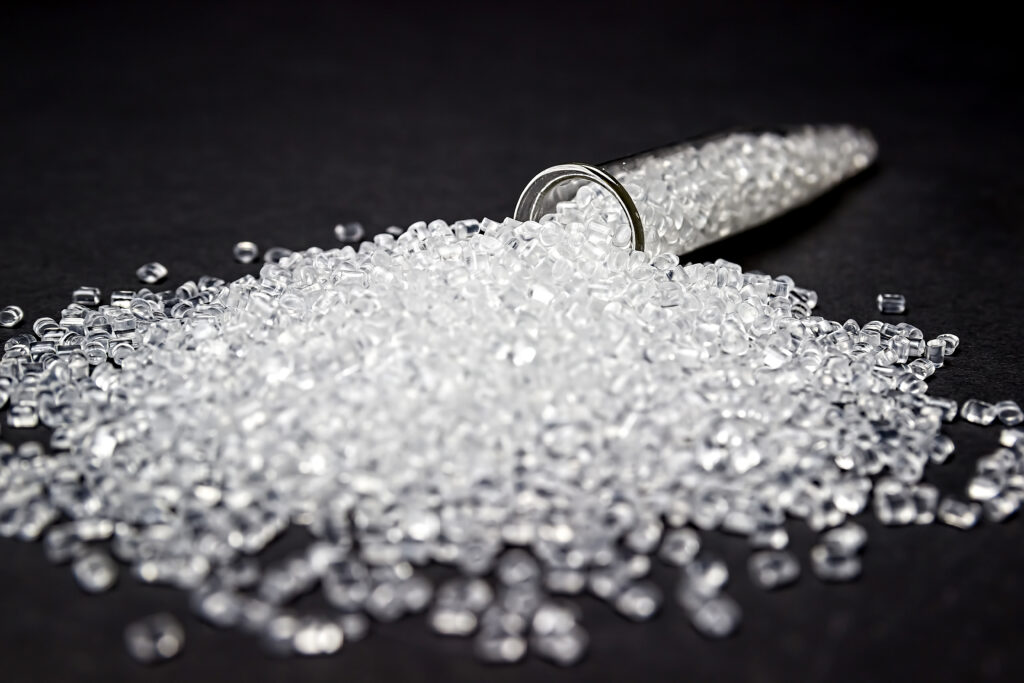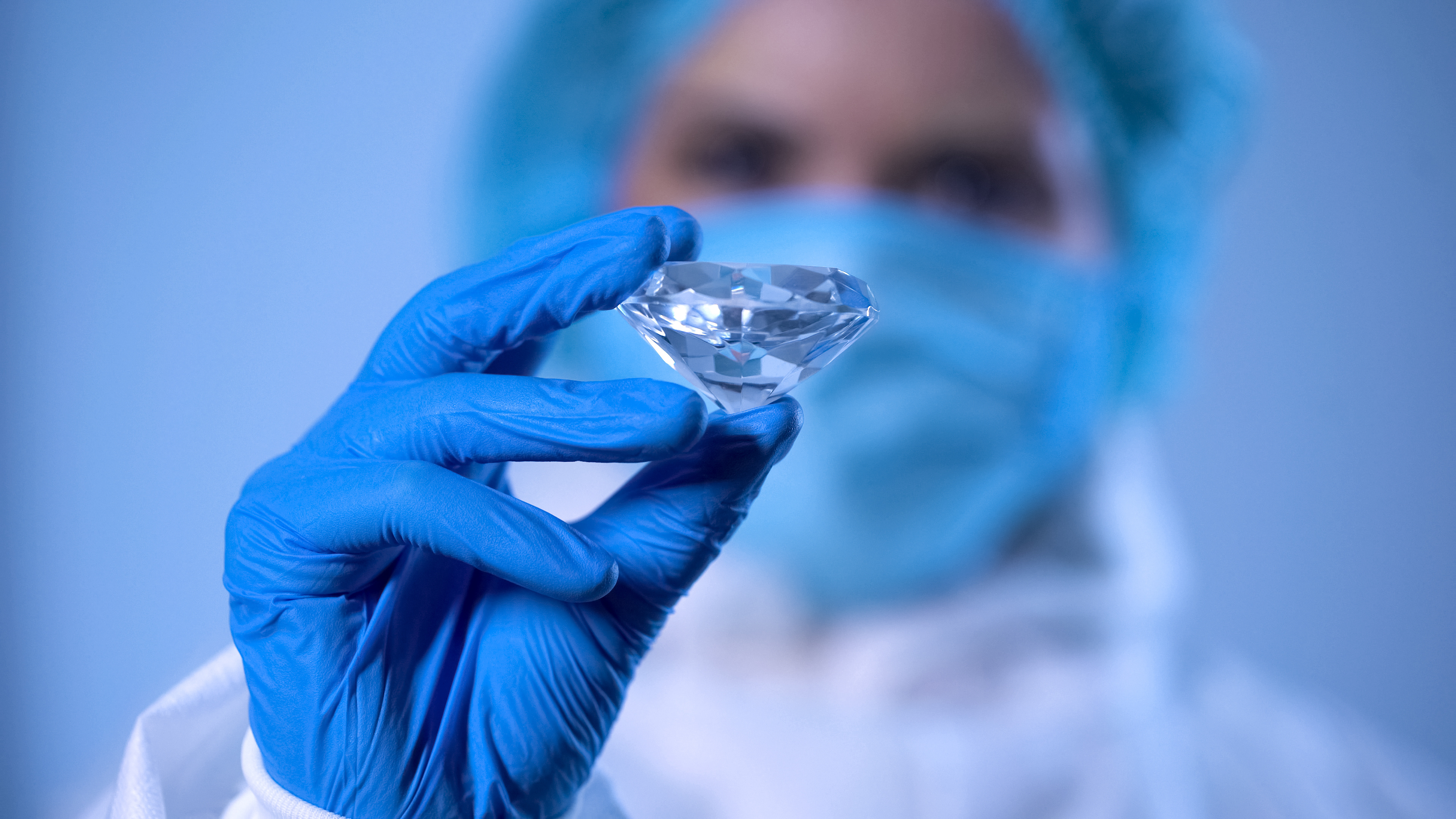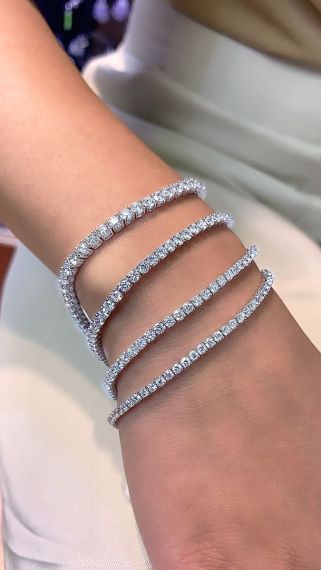We treasure diamonds because they are beautiful and are so hard that they last virtually forever. Until just the last few decades all diamonds were those formed under intense heat and pressure deep in the earth. But in the late 20th-century science found ways to create diamonds in the laboratory. Lab-grown diamonds are just as hard and durable as diamonds formed in nature and are indistinguishable to the naked eye from natural diamonds. When you are looking for an engagement ring or other fine diamond jewelry, should you consider lab-grown diamonds? What kinds of lab-grown diamonds are there? What are the advantages of choosing a lab-grown diamond? And, why would you want to choose a natural diamond instead?
The Difference Between CVD and HPHT Lab-grown Diamonds
The two methods for producing diamonds in the lab are HPHT which stands for high pressure, high temperature, and CVD which means chemical vapor deposition. Both methods produce diamonds that are indistinguishable from natural diamonds without specialized testing using photoluminescence spectroscopy and UV radiation. Both methods start with a tiny diamond “seed” crystal and produce diamonds that are as hard as those found in nature. But, their crystalline structure is different based on how they are grown.
HPHT Diamonds
This was the original way that lab diamonds were made starting in the 1950s. This method mimics how diamonds are produced in nature with extremely high temperature (3000 degrees Celsius) and pressure (about 60,000 times atmospheric pressure at sea level). The process takes about two weeks unlike with natural diamonds where the process unfolds over millennia. The carbon for the diamond is dissolved from a metal catalyst.

CVD Diamonds
A newer process than HPHT, CVD is done with lower pressures and machines that are smaller and easier to monitor and control. Thus, this method is gaining favor in the industry. It starts with a tiny seed diamond but uses a vacuum chamber filled with methane and hydrogen as its carbon source. When the temperature of the gas rises and turns it to a plasma, carbon is layered onto the diamond seed in a process like 3-D printing. It takes several weeks to make a diamond with this method. The diamond is periodically removed and polished to remove impurities during the process.
How CVD and HPHT Diamonds Differ
While natural diamonds have an octahedral (eight-sided) crystal structure, HPHT diamonds have both an octahedral and cubic structure. CVD diamonds have a cubic crystal structure.
While HPHT diamonds may have an uneven color distribution, color is evenly distributed in a CVD diamond. HPHT diamonds may exhibit graining patterns that are not seen in CVD diamonds. While CVD diamonds may show banded strain patterns these are not seen in HPHT diamonds. And, HPHT diamonds can have metallic flux inclusions while CVD diamonds show occasional pinpoint, dark inclusions.
Lab-grown Diamond Colors
Although there are natural diamonds with colors such as brown, yellow, green blue, pink, red, purple, violet, olive, black, and gray most are exceptionally rare and expensive. On the other hand, lab-grown diamonds are essentially made to order. By adding the desired trace elements to the process, laboratories can produce both CVD and HPHT diamonds that are almost any color imaginable. Common lab-grown diamond colors are white, blue, pink, purple, orange, smoky, olive, black, green, or yellow. With a lab-grown diamond, you can have a colored diamond that will cost less than a clear natural diamond.
Why Choose a Lab Grown Diamond?
You will not be able to tell the difference between a lab-grown and natural diamond without special testing. So, why choose a lab-grown diamond over a natural one? The first reason why many buyers choose lab-grown diamonds is the wider choice of colors. Yes, natural diamonds come in many colors, but these gemstones are rare and typically more expensive than other natural diamonds. With lab-grown diamonds, you have a wide range of choices of readily available colored diamonds. The second reason for choosing a lab-grown diamond is price. A lab-grown diamond is generally thirty percent less expensive than a natural diamond of the same carat weight, cut, and clarity. A lab-grown diamond of a specific color may be many times less expensive than a natural diamond of the same color.
Why Choose a Natural Diamond?
Every natural diamond is unique, not mass-produced. Although a lab-grown diamond will look the same to the naked eye as a natural diamond it is not the same when subjected to specialized testing. A natural diamond is like a unique work of art. It is unique and that uniqueness has both an intrinsic value and an investment value. Whereas you can always order a lab-grown diamond that is an exact replica of one that you have, you can never find an exact replacement for your natural diamond. If one of the reasons you are buying diamond jewelry is to hold an asset that will retain its value over the years, the better choice is a natural diamond. Unfortunately, the value of your lab grown diamonds may fall over the years as science finds more efficient ways to produce them.



